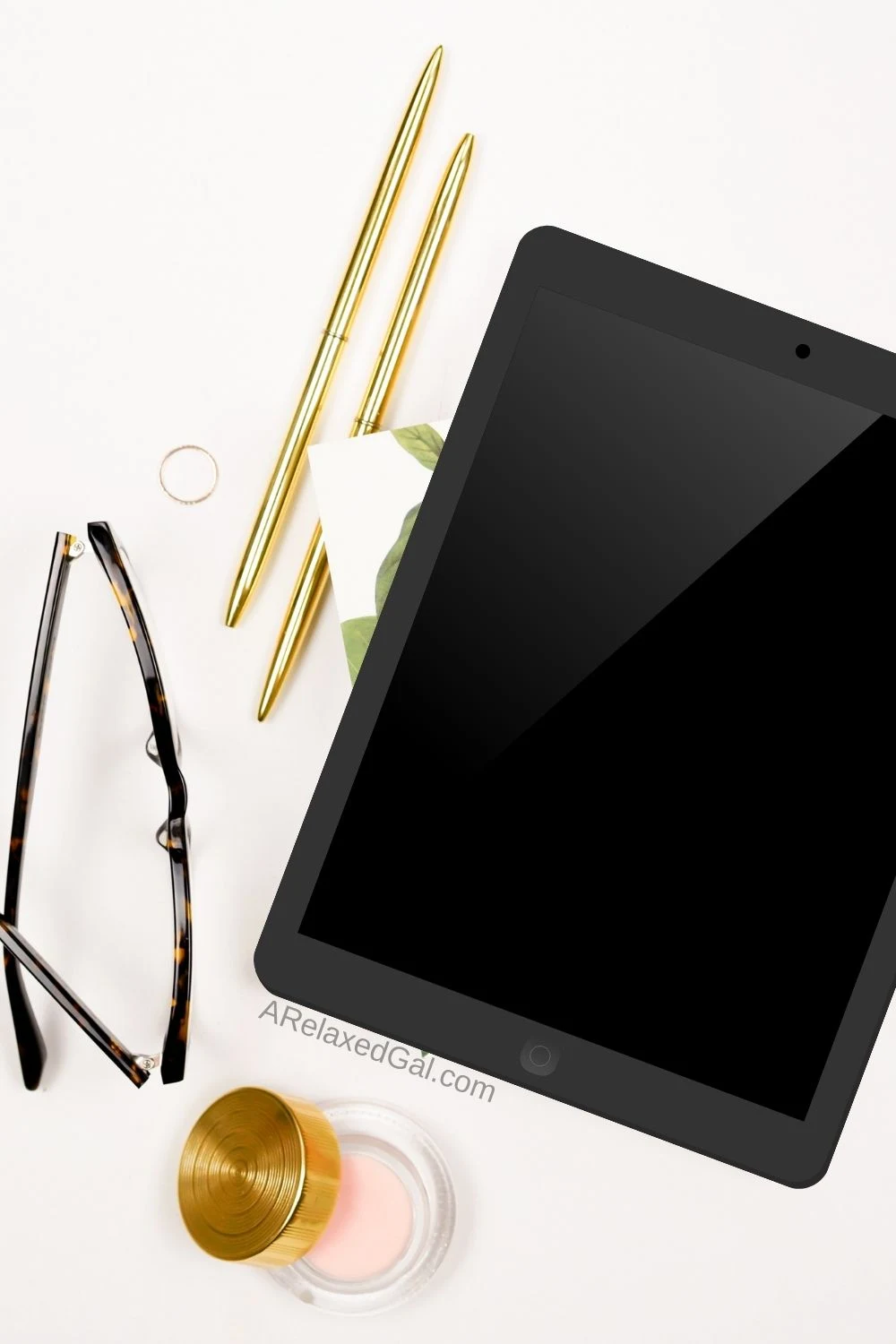When I first started blogging I had the naive notion that it entailed just writing some blog posts and taking a few pictures to accompany the post. I had no idea that I would also need to be a graphic designer. I took some art classes in middle and high school but no classes on graphic design!
I’ve worked with art directors and designers in my full-time job for years so I could tell what good graphic design looks like but I didn’t know the first place to start with creating designs on my own.
Related read: 5 Of My Favorite Blogging Tools
If you feel the same way there is some good news. There are several free and paid graphic design tools that we non-designers can use to look professional. Most of these tools include templates that can be used as-is or adjusted to fit your blog branding and aesthetic.
(This post includes some affiliate links. If you click an affiliate link and make a purchase I may receive a small commission.)
Here’s a list of the 6 best graphic design tools I’ve found for bloggers
Canva
This is my favorite design tool and the one I use to create the majority of my blog graphics, YouTube thumbnails, and social assets. I like Canva because it gives you the ability to be a designer without having to use fancy design software or have a lot of training.In Canva you can find templates for just about every type of marketing material such as infographics, social media videos, Pinterest pins, emails, social and more. If you want to try creating your own designs you can do that as there are several design elements to select from. You can also upload your images and set up your brand colors and fonts.
The interface is easy to use because it's drag and drop. Most of the templates and design elements are free, but you have the option of signing up for one of their plans to access the premium designs.
I mostly use the desktop version of Canva but you can also use the tablet or phone app to access and create your designs.
PicMonkey
I used to use PicMonkey to edit my photos on my laptop and that’s mainly what it was known for back then. Now Picmonkey has graphic design features as well.Whether using the app or on your computer, you can create graphics for social, ads, presentations, and more using the pre-existing treatments. Plus, you can create your own designs, trim videos, and create a brand kit to control your color palette, logos, and fonts.
The kicker with PicMonkey is they don’t have a free plan so while you can sign up and design graphics you can’t download any of them without paying for a plan.
Related read: 5 Free Apps To Kick Your Photo Game Up A Notch
Adobe Creative Cloud Express
Formerly known as Adobe Spark. This design tool is similar to Canva. You can create designs for your social feeds, IG stories, emails, logos, and more using existing free templates or creating your own. You can drag and drop the free images, icons, and graphics to create your own design or customize existing templates.
Adobe Creative Cloud Express can be accessed via the web or mobile.
Pixlr
With this tool, you can create graphics, edit photos, and remove backgrounds from your photos. There is a desktop and an app version. Some of the features are free such as access templates, some light photo editing, and an AI cut-out tool that removes image backgrounds. The majority of the features such as access to the larger library of stickers and photos come with the paid plans.
If you’d like to try it out before making a financial commitment you can sign up for their free trial.
Design Wizard
Compared to the other graphic design tools on this list, Design Wizard is the new kid on the block. It’s often compared to Canva because it has similar features. There are a few key differences though that are outlined in this article.
The pricing is really reasonable. Plus you can give Design Wizard a try without committing by using the free basic plan or doing a free trial of one of the paid plans.
Related read: 14 Tools That Make Beauty Blogging So Much Easier
Phonto
Out of the design tools on this list, Phonto is the most basic. Its key function is adding text to images and videos. For example, you can quickly add a watermark to an image or video before uploading it to the web. Before I started using Canva exclusively I was using Phonto to add my blog URL watermark to my blog images.
There are several fonts to choose from and you can add all types of textures to the fonts from colors to backgrounds to shadows. This app also has some light photo retouching features.
What graphic design apps do you use?




Thanks for sharing these designing tips.
ReplyDeleteThanks for reading!
DeleteGreat Posts! I also like Canva, and have been recently trying out PicMonkey.
ReplyDeleteHow do you like PicMonkey? I started using it before Canva, but I didn't find it that easy to use.
DeleteThanks for reading!
What I’ve learned is if you’re a passionate closet writer who wants to be published but can’t find a way to do so, make each keystroke your way to wealth by penning your own blog. Starting a blog doesn’t require extensive technical skills but it’s important that you have expertise in the field you are writing on.
ReplyDeleteReally great article. Thanks for taking the time to explain things in such great detail in a way that is easy to understand.
ReplyDelete